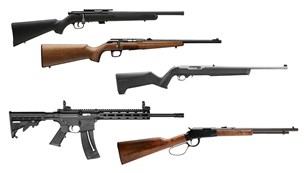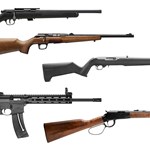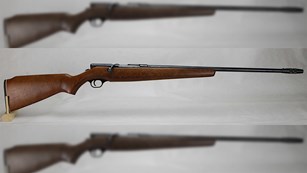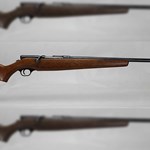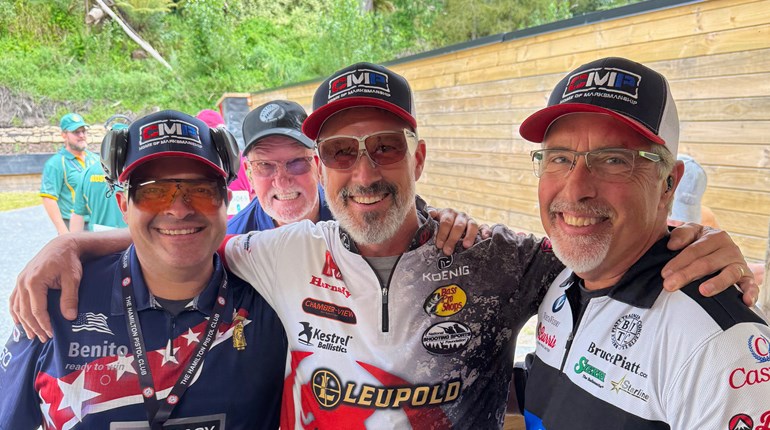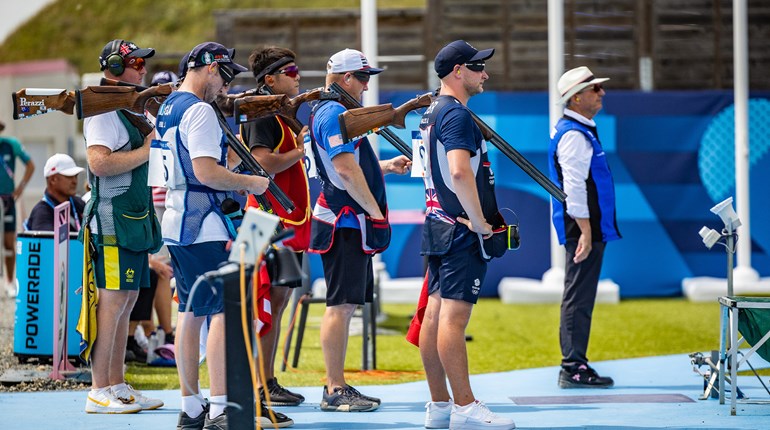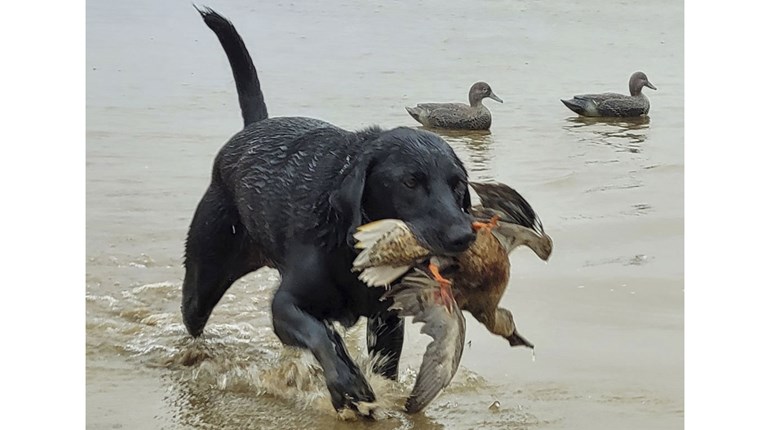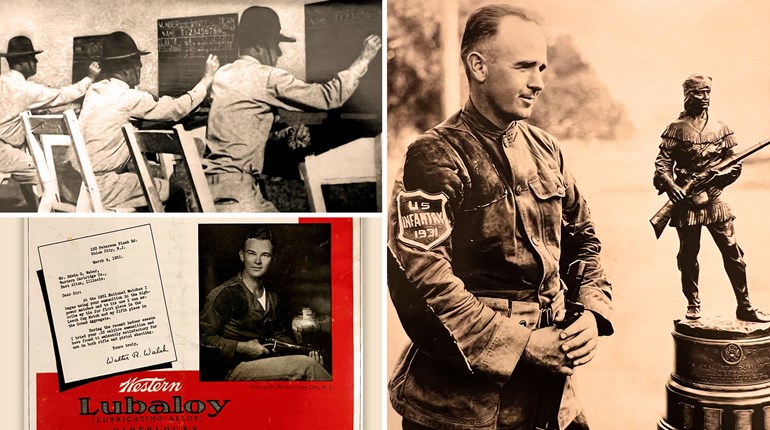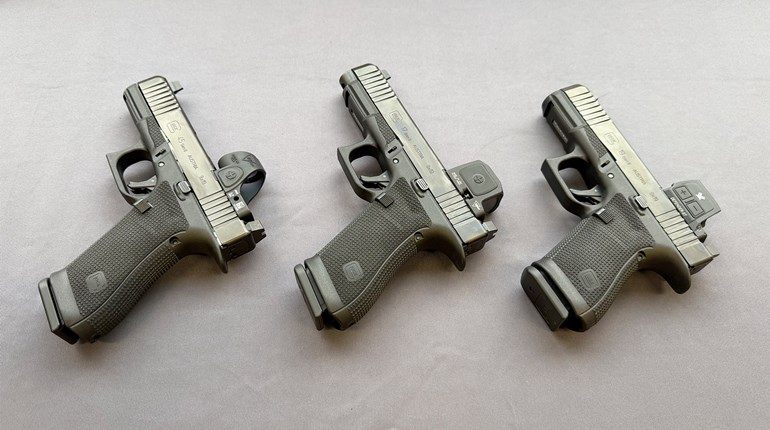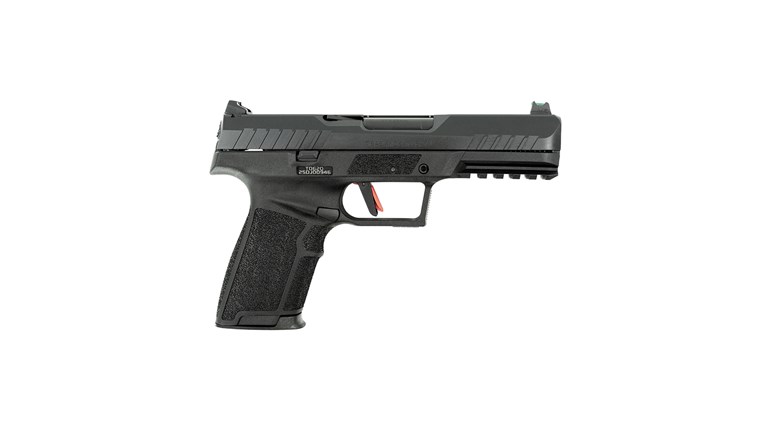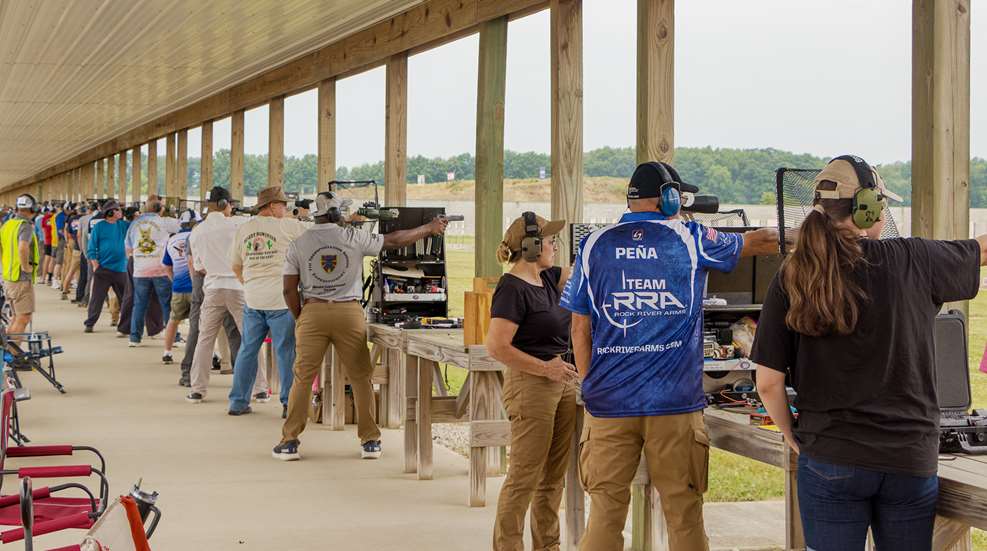
For more than 150 years, the National Rifle Association of America has been the cornerstone of competitive shooting in the United States. Since its founding in 1871, the NRA has served not only as the nation’s foremost defender of Second Amendment rights, but as the architect of American marksmanship—preserving its legacy, shaping its present, and now, under new leadership, charting a bold course for its future.
From safeguarding the iconic national trophies to fostering a culture of excellence in every competition it touches, the NRA has long stood as the steward of America’s marksmanship tradition. These trophies are more than awards; they are living symbols of dedication, skill and sacrifice—etched with the names of champions that continue to inspire new generations of shooters.
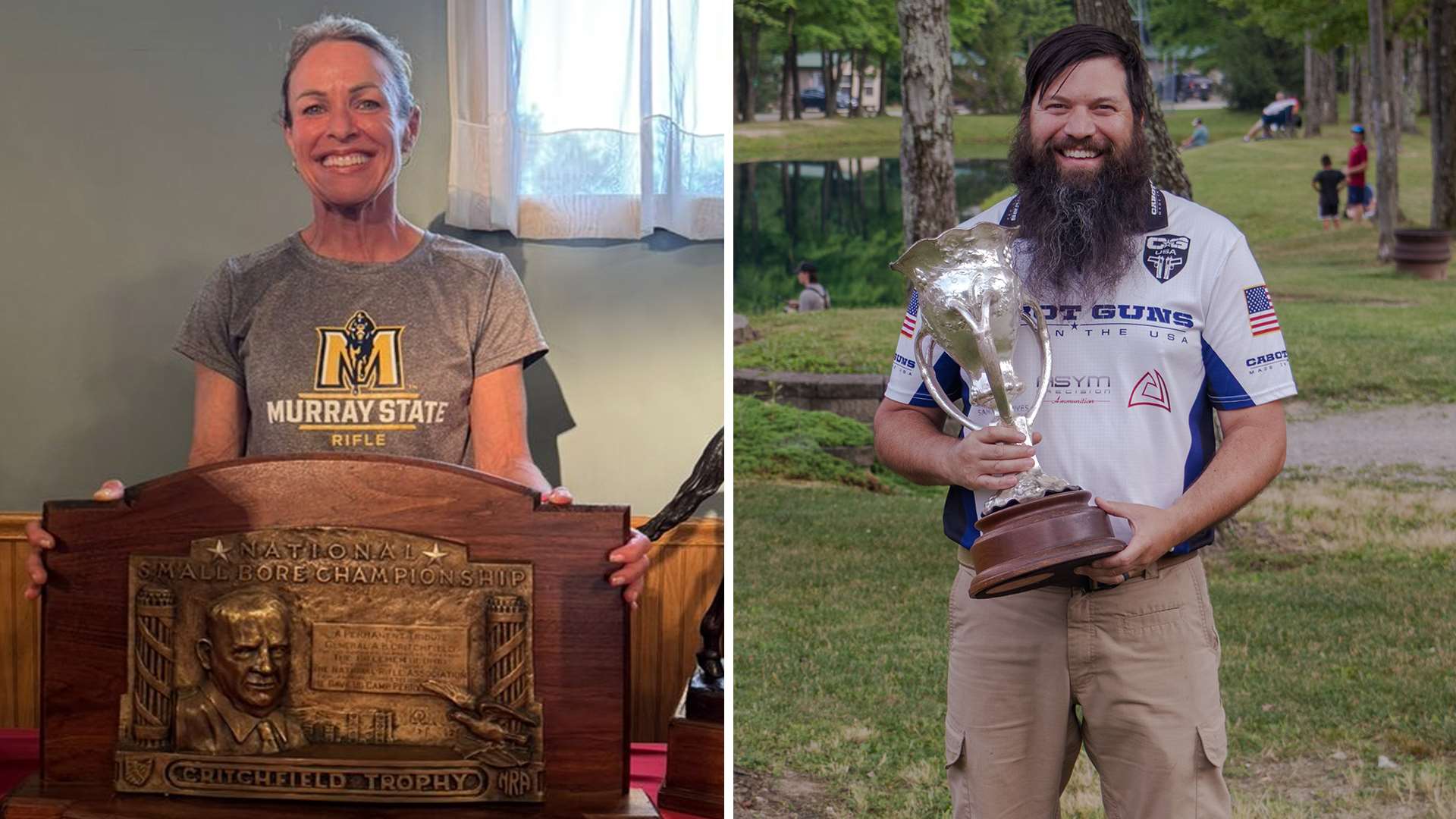
Under Executive Vice President and CEO Doug Hamlin, the NRA is re-centering its focus on competitive shooting, with a renewed commitment to modern trends, youth engagement and growing participation across all disciplines. Early signs of success are already evident, including a surge in attendance at the NRA Pistol Nationals—fueled by a reinvigorated National Championship calendar.
“The future of NRA competitions is about growth and accessibility,” Hamlin said. “We’re committed to expanding opportunities for shooters of all levels, embracing new venues and ensuring these traditions thrive for generations to come.”
A Legacy Forged in Marksmanship
Since its founding in 1871, the NRA has played a central role in shaping competitive shooting in the United States. It crafted the competitive landscape from the ground up, organizing the first national championships and establishing prestigious trophies that would come to define excellence in the sport. American Rifleman magazine—born as a journal of competitive marksmanship—reflected this singular focus on training, skill and sport, long before it became a platform for broader tastes in the community.
The NRA’s unmatched role in the shooting sports world stems from more than just event planning. It’s about providing the foundation—rules, structure and opportunity—for generations of marksmen to push themselves and each other to new heights. From pioneering electronic scoring to maintaining time-honored formats, the NRA has always led by blending innovation with tradition.
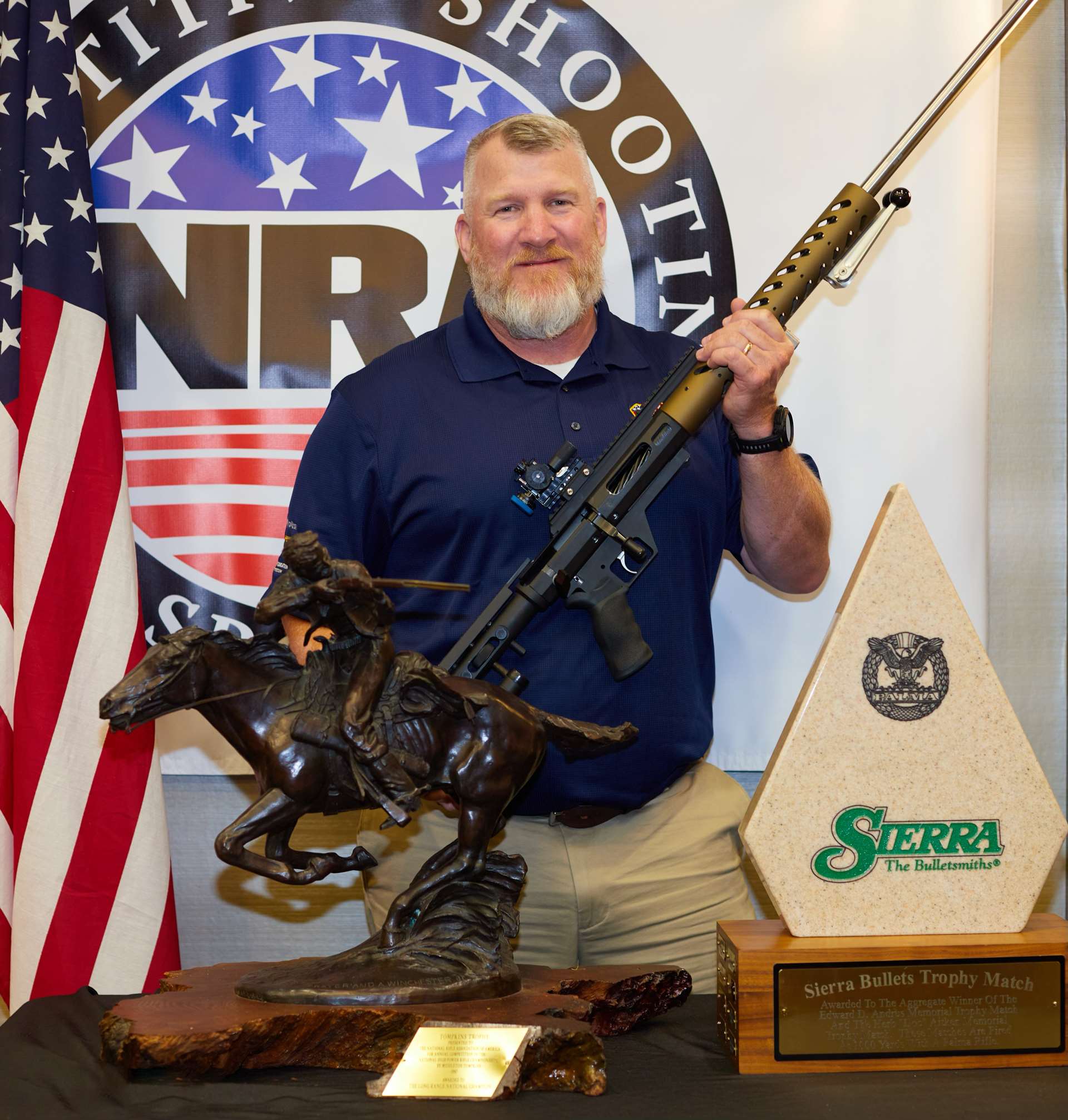
With the full decentralization of the NRA National Matches, 2025 marks a turning point for accessibility and growth in the shooting sports. The championships have now expanded to regional venues across the country, bringing the same elite level of competition to a broader audience.
“The move isn’t just logistical,” said Cole McCulloch, director of NRA Competitive Shooting. “Through the support of the NRA Board of Directors and competitive shooting committees, we’re bringing the Nationals to great venues like the Cardinal Center. It’s about growing the shooting sports and making these events more accessible.”
This year’s matches included:
- High Power Rifle Across the Course Championship – Winnequah Gun Club, Lodi, Wisconsin
- High Power Mid-Range Championship – Oklahoma City Gun Club, Oklahoma
- High Power Long-Range Championship – Alliance Rifle Club, Malvern, Ohio
- Precision Pistol Championship – Cardinal Shooting Center, Marengo, Ohio
- Smallbore Rifle Championship – Cardinal Shooting Center, Marengo, Ohio
These aren’t just events—they’re an annual celebration of marksmanship and community. The NRA Nationals bring together Olympic-level shooters, weekend hobbyists, military marksmen and junior competitors in one of the last truly open sporting arenas in America.
Building the Next Generation of Champions
In addition to the Nationals, the NRA is driving the future of shooting sports with innovative programs. The NRA World Shooting Championship—a 12-stage, multi-discipline test of skill—draws top-tier talent to Camp Atterbury each year. Meanwhile, NRA America’s Rifle Challenge gives shooters of all backgrounds an entry point into competitive rifle shooting using the popular AR platform.
“These programs reflect the NRA’s commitment to honoring tradition while fostering growth and inclusivity,” McCulloch said. “We’re building pathways for the next generation of shooters to carry competitive shooting forward.”
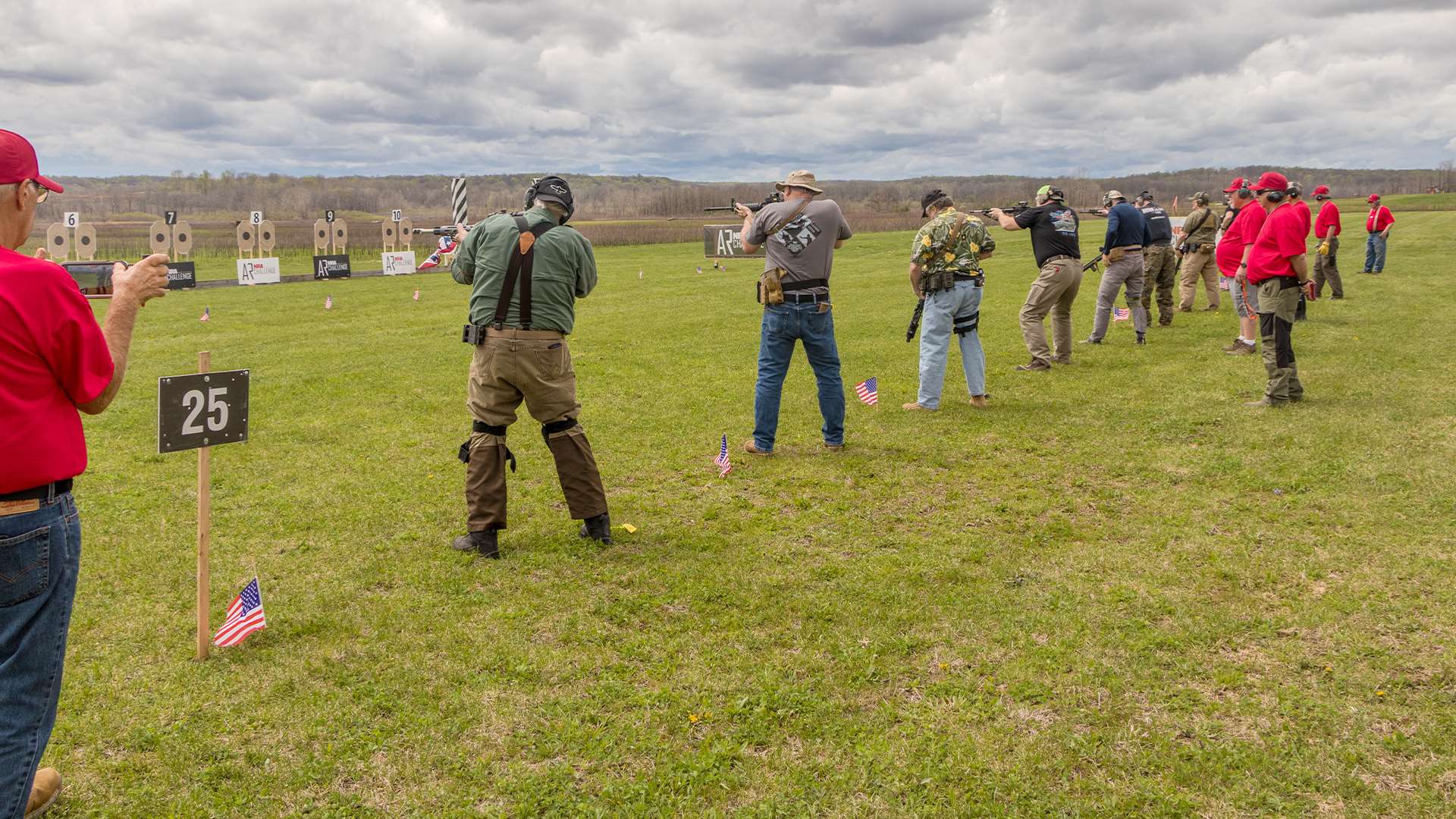
NRA is also working to expand its footprint in areas like shotgun sports—ensuring that clay target competitors receive the same institutional support long afforded to other disciplines.
The egalitarian nature of shooting sports is one of its greatest strengths. Whether young or old, man or woman, military or civilian—anyone with the discipline and skill can rise to the top. This is the spirit of the NRA’s competitive shooting programs, and the reason they continue to thrive.
While critics may point to past controversies, the essence of the NRA’s competitive shooting legacy remains rooted in something much deeper—the enduring pursuit of marksmanship excellence. In a fast-moving, noisy world, competitive shooting offers connection: to history, to each other and to a uniquely American tradition.
As Doug Hamlin leads the organization forward, the NRA is not retreating into its past. Instead, it’s actively shaping the future of competitive shooting. The national trophies will continue to be safeguarded and the shooting sports community supported with a renewed sense of purpose.
The NRA’s legacy in competitive shooting is not just alive—it’s accelerating. And with new leadership, new programs and an unshakable commitment to excellence, the future of American marksmanship has never looked brighter.





